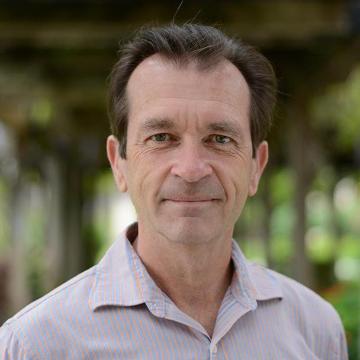
The Holidays Can Be an Opportunity for Great Hope
Regardless of your religious tradition (or lack of one) one common denominator as we enter into the heart of the holiday season is the desire for hope. Think about it for a moment. The hopeful theme of light in the darkness is prevalent within the Christmas, Hanukkah, Kwanzaa, and other traditions during this time of year. This is no surprise of course, especially in the northern hemisphere, where we are living in the darkest, coldest, and—before modern conveniences like electricity and indoor heat—perhaps scariest time of year. The message seems to be: Within great darkness there is light.
Light in the darkness, hope where there is despair.
Christmas lights, Hanukkah lights, lighting candles at Kwanzaa, Magi following the North Star, and so many other images of light within great darkness is celebrated and highlighted now. And who doesn’t enjoy the beautiful holiday lights that decorate homes, town centers, shops, businesses, and whole communities? Light in the darkness, hope where there is despair.
Even the more secular celebration of the New Year is a celebration of hope. New Year resolutions are a testament to the hope that things can be better in the year ahead. Optimism and hope are powerful motivators, and psychology research has well demonstrated that there are many psychological and physical benefits of nurturing these qualities and virtues. Being optimistic and hopeful is associated with better mental health as well as better physical health too. So, regardless of your beliefs and interests (or lack of beliefs and interests) in theological matters, consider embracing the optimism and hope that is highlighted in the end-of-year holiday multicultural and multi-religious celebrations…all of them!
As we come to the end of this year and start 2017 some might feel stressed or a sense of dread and gloom with the recent election results, so how can you embrace the hopeful light in the darkness theme? There are many ways to do so, but maybe, if nothing else, consider listing all of those in your life who help you see light in darkness and hope in despair. This could include those who are close to you such as dear friends and family, but also may include the people who enter your life as strangers or acquaintances who offer a kind word, a gracious gesture, or a friendly smile. Perhaps take a moment to be grateful for these folks and to thank them for whatever role they play in your life that gives you a little bit of hope or a slight spring to your step. Psychology research on gratitude supports this exercise too. It will help your mental and physical health too—and theirs as well.
every kind gesture, every ray of hope offered, every gracious act is important, valuable, and matters
In fact, every kind gesture, every ray of hope offered, every gracious act is important, valuable, and matters. These selfless actions offer light in darkness, hope in despair. Perhaps this is the take-home message we want to embrace as we head into these last few days of the year during prime holiday time. You can be the light in darkness and hope in despair for others—even for those you don’t know very well or at all. Do it for others but do it for yourself too.
-------------------------------------------------------------------
*A version of this article was originally published by Psychology Today on Dec. 20, 2013.

